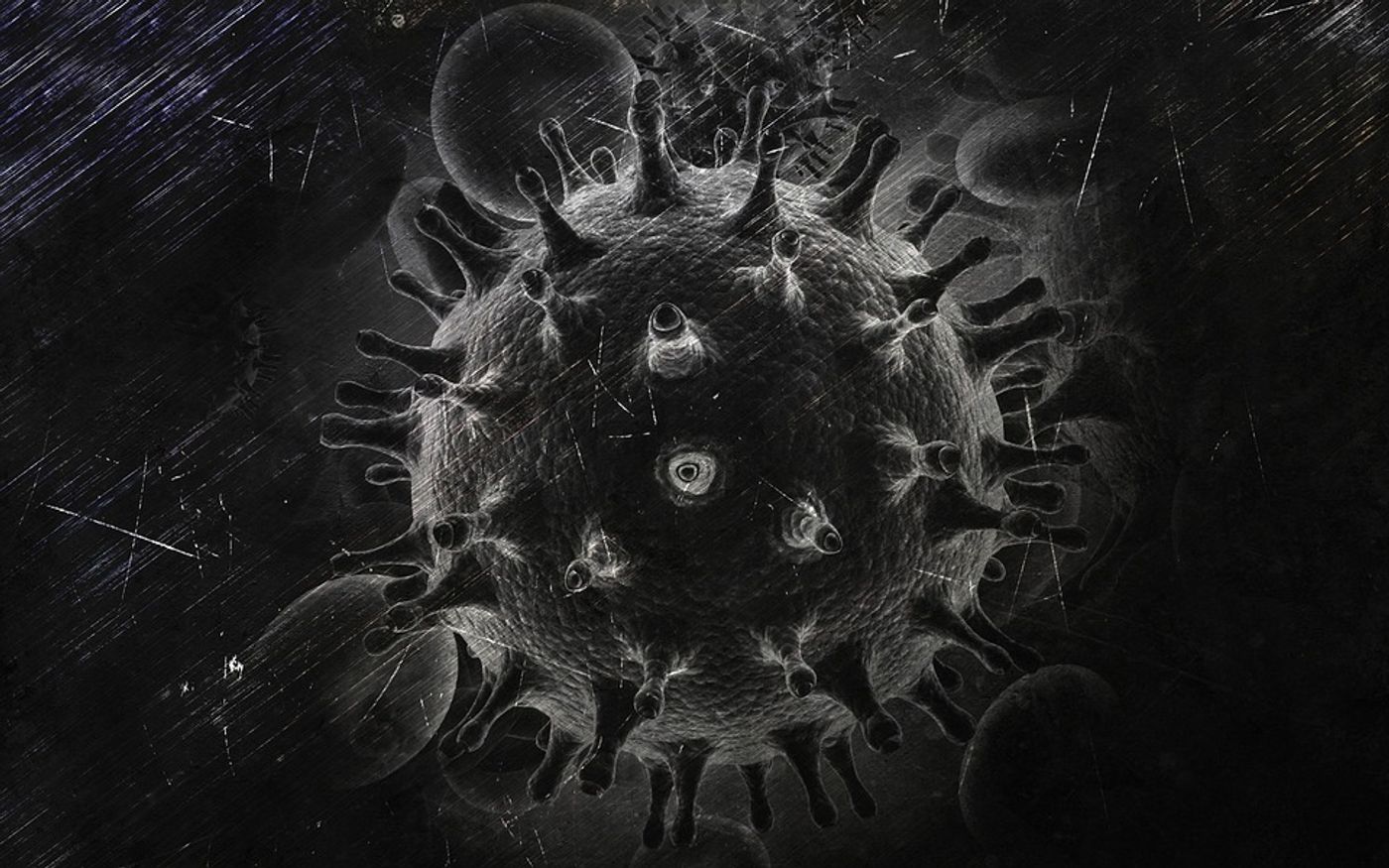HIV Uses Cell Size to Make a Choice About Its Host's Fate
Human immunodeficiency virus (HIV) is still a global health problem, even though antiretroviral drugs have completely changed outcomes for those that are infected, and have access to treatment. While the drugs have transformed HIV from a death sentence into a manageable disease, they don’t cure it. When HIV infection occurs, the virus targets one type of immune cell for infection - CD4 T-cells. The virus can then cause disease, or it can create a reservoir that lies in wait, evading treatment. New work published in Cell Reports has revealed more about that choice.
"Upon infection of a CD4 T-cell, HIV undergoes one of two fates," explained University of Illinois Assistant Professor Roy Dar. "It either integrates into a replicating state, leading to the production of hundreds of infectious virions, or it integrates into a latent state where the provirus lies transcriptionally silent."
Dar noted that scientists have looked for ways to eliminate that latent viral reservoir; it’s able to evade treatment, or become active at any time. If patients don’t adhere to their drug regimen, the reservoir can spring into action and the disease rebounds.
"To date, there is no way to distinguish between uninfected cells and latently infected cells in the body, but such an ability would support existing therapeutic approaches to curing HIV," said Dar, who is associated with the Electrical & Computer Engineering Department and Carl Woese Institute for Genomic Biology on campus.
Dar’s team has previously used a fluorescent tag - GFP to visualize the viral reactivation in T-cells that contain latent HIV infections.
"The method of time-lapse, single-cell imaging allowed monitoring single latent cell reactivation from their silent to their active states by calculating the mean fluorescence of GFP," explained the lead author of the study, Kathrin Bohn-Wippert, a bioengineering postdoctoral researcher.
After identifying reactivated cells, the team measured their size. That allowed the investigators to calculate the mean diameter that was required for reactivation. In a latent population of cells, only large hosts reactivate. The small cells stay latent.
"Our results present a case of passive host-cell dominated viral decision-making, in which the virus is off when the infected cell is small and can only spontaneously reactivate in larger cell sizes," said Dar. "This presents a case of the host cell depicting the right conditions for viral decision-making to occur."
The researchers also found that the transition from latent to active cell depends on the cell cycle. Cells move through various growth stages, which can be controlled with drugs. "We showed that you can use drug treatments to modulate a population of cells in and out of a specific cell cycle state in order to bias their viral reactivation," explained Dar.
This work can now help researchers develop better strategies for diagnosing and treating HIV infection.
Learn more about how researchers are working to cure HIV from the video above by NIAID.
Sources: AAAS/Eurekalert! Via University of Illinois College of Engineering, Cell Reports









